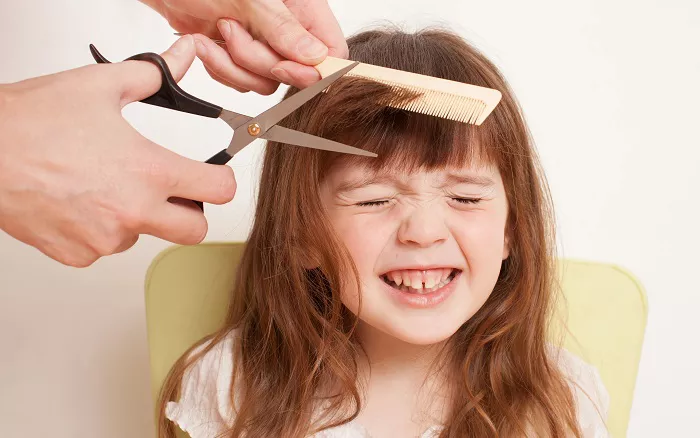Cutting a child’s hair is a common practice that has several important reasons behind it. It is not just a matter of aesthetics but also has implications for the child’s health, comfort, and overall well – being. In this article, we will explore the various factors that make hair – cutting for children a necessary and beneficial activity.
Hygiene Reasons
Reducing Dirt and Germ Accumulation
Children are active and often get involved in various outdoor and indoor activities. Their hair can easily accumulate dirt, dust, and germs. Long hair, in particular, can trap these unwanted elements close to the scalp. When children play, sweat, and move around, the hair becomes a breeding ground for bacteria. By cutting the hair regularly, we can minimize the amount of dirt and germs that accumulate. For example, short hair is less likely to hold onto sand after a day at the beach or mud after playing in the yard. This helps in maintaining a clean and healthy scalp environment, reducing the risk of skin infections such as folliculitis or scalp acne.
Easier to Keep Clean
Short hair is much easier to wash and dry thoroughly compared to long hair. Young children may not be as patient during bathing time, and having shorter hair allows parents to clean it more quickly and effectively. It also ensures that the shampoo and conditioner are rinsed out completely, preventing any residue buildup that could cause itchiness or dandruff.
Additionally, drying short hair takes less time, reducing the risk of the child catching a cold from having wet hair for an extended period.
Comfort and Practicality
Avoiding Tangles and Knots
Long hair, especially in active children, is prone to tangles and knots. Brushing out these tangles can be a painful and time – consuming process for both the child and the parent. Every time the child plays, runs, or even just sleeps, the hair can get twisted and knotted. By keeping the hair at a shorter length, we can significantly reduce the occurrence of these tangles.
This makes the daily hair – care routine much more pleasant for the child, as they won’t have to endure the discomfort of having their hair pulled during brushing.
Improved Activity and Play
Children are constantly on the move, and long hair can sometimes get in the way. During physical activities like running, jumping, and playing sports, long hair can flap around, get caught in things, or even obscure the child’s vision. Short hair allows for more freedom of movement. For example, a child with short hair won’t have to worry about their ponytail coming loose during a game of soccer or their hair getting stuck in a piece of playground equipment. This enables them to fully engage in their favorite activities without any hindrance.
Health Considerations
Temperature Regulation
Hair length can affect how well a child’s body regulates temperature. In hot weather, long hair can make a child feel hotter as it traps heat close to the scalp. Shorter hair allows for better air circulation around the head, helping the child stay cooler. On the other hand, in cold weather, while hair provides some insulation, very long hair can also cause problems if it gets wet from snow or rain. Short hair with appropriate head coverings like hats can provide better temperature control and keep the child comfortable in different climates.
Scalp Health
Proper hair – cutting can promote better scalp health. When hair is cut regularly, it helps to remove split ends and damaged hair. This prevents the damage from spreading further up the hair shaft and onto the scalp. A healthy scalp is essential for the growth of strong and healthy hair. By maintaining the right hair length and condition, we can avoid issues like dry scalp, which can lead to itching and scratching, potentially causing open sores and infections.
Social and Psychological Aspects
Self – Image and Confidence
As children grow, their self – image begins to form. Having a neat and well – groomed appearance can contribute to their confidence. A good haircut can make a child feel good about themselves. It gives them a sense of identity and can be a part of their overall presentation. For example, a stylish haircut that suits the child’s personality can make them stand out in a positive way among their peers. It also shows that their parents take care of their appearance, which can boost their self – esteem.
Social Acceptance
In a social environment, having clean and presentable hair is often associated with good hygiene and social norms. When a child has well – maintained hair, it can help them fit in better with their classmates and friends. It can prevent them from being teased or bullied due to unkempt hair. This is especially important during the school years when social interactions play a significant role in a child’s development.
Conclusion
Cutting a child’s hair is a decision that should be based on a combination of these factors. It is not only about making the child look good but also about ensuring their health, comfort, and social well – being. By understanding the importance of hair – cutting in terms of hygiene, comfort, health, and social aspects, parents can make informed decisions about when and how to cut their child’s hair.
Related Topics:

